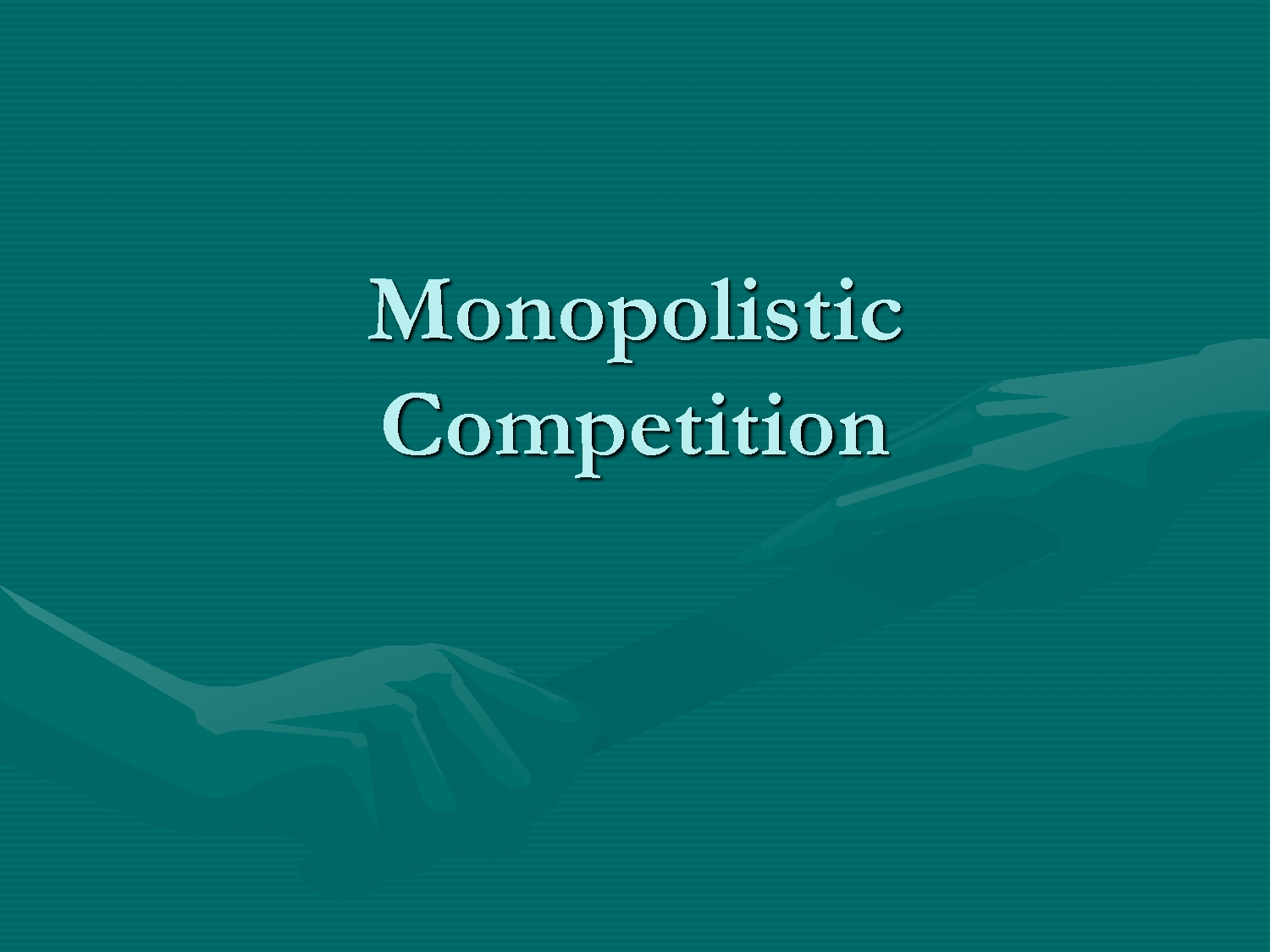Define monopolistic competition. How price & output is determined under monopolistic competition.
Answer: – monopolistic competition: – in 1933, a Harvard university professor, Edward chamberlain” published his book, “the theory of monopolistic competition” in which he defined monopolistic competition as:
Definition: – “a market model with freedom of entry and large number of firms that produce similar by slightly differentiated products, advertisement being the principal tool for differentiating the products”.

There are various goods like soap, cloth, & tooth paste, which are produced under monopolistic competition.
CONDITIONS OF MONOPOLISTIC COMPETITION: – following are the important conditions of monopolistic competition
- Sellers and buyers: – there is a large number of buyers and sellers in the monopolistic market. Generally, the number of firms is within 25-30.
- Small share of supply: – each firm acts independently and produce a small share of the total output.
- Differentiated products: – the product of each firm can be differentiated by trade mark or packing.
- Entry of new firms: – in a monopolistic competition, new firms can easily enter into the market.
- Inefficient firms in the market: – inefficient firms also live in the market side by side & sell the defective products.
- Control over price: – a firm has only limited control cover the price of the product according to its supply.
- Elastic demand curve: – the demand curve of the firm is negatively sloped, and because there are many firms in the market which are producing a similar commodity. Therefore, the demand for the products of each firm is elastic.
- Advertising: – In a monopolistic competition, firms spends a lot of money on advertisement, to attract the consumers.
- Stiff competition: – there is a stiff competition among the firms for the sale of a particular brand, not only in price but also in the quantity of the product.



